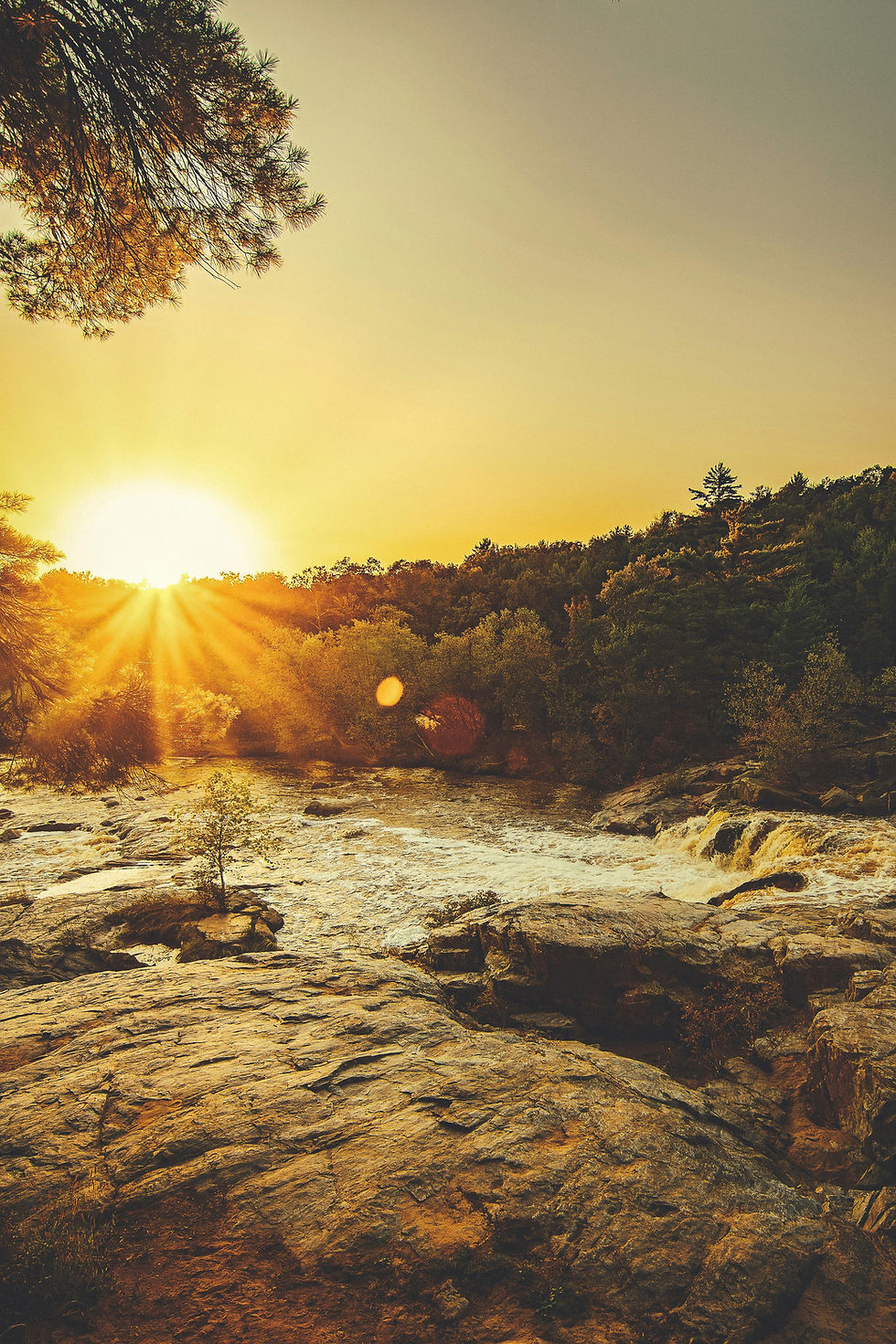weLOG#43 The Mystery of Seed Masting
- Joanna Arai
- Jul 27, 2024
- 4 min read
In autumn, as cooler weather blankets the temperate Northern Hemisphere, an age-old dance unfolds beneath the mighty oak trees. Squirrels scurry about, gathering heaps of acorns, reveling in the seasonal bounty. It's a familiar scene, one that ecologists have studied for generations. But there's a deeper mystery beneath the surface—why do some years see a glut of acorns while others yield almost none?
This phenomenon, known as seed masting, is a strategy where trees like oaks, beeches, spruces, and pines produce massive quantities of seeds in some years and almost none in others. The most accepted explanation has long been the "predator satiation hypothesis." According to this theory, trees overwhelm seed-eating predators like squirrels and birds with sheer volume, ensuring that some seeds escape to sprout into new trees.
But this isn't the whole story. Imagine a bustling forest where bees flit from flower to flower, aiding in the pollination process. Some scientists believe masting might also help trees synchronize their flowering, making it easier for pollinators to transfer pollen effectively. Yet, even this theory doesn't capture the full picture.
In a twist as intriguing as any detective novel, recent research suggests a third player in this ecological drama: disease. A team of researchers from Canada, led by botanist Jonathan Davies and mathematician Ailene MacPherson, propose that pathogens—tiny, often invisible fungi, bacteria, and other microorganisms—might be driving the boom-and-bust cycles of seed production.
Davies draws an insightful parallel with agriculture. "Look at what farmers do," he says. "They often let fields lie fallow to clear pests and pathogens. You remove the crop for a few years, and it clears the pathogens and pests from that field." Could trees be doing something similar?
Traditionally, the conversation around masting centered on visible factors—squirrels, birds, and bees. Predators and pollinators are easy to observe, and their interactions with seeds make intuitive sense. The idea that trees might starve predators one year only to drown them in abundance the next fit well with ecological models. Meanwhile, the synchrony in flowering was seen as a clever way to maximize the chances of cross-pollination, giving rise to healthier, more genetically diverse seedlings.
But what if the story also involved tiny, almost invisible players? The pathogens living in the soil and within seeds themselves could be the missing piece of the puzzle. Pathogens can be devastating for seeds, killing them before they even have a chance to sprout. By spacing out large seed drops, trees might reduce the pathogen load in the soil, giving the seeds that do drop a better chance to grow.
One key insight from MacPherson’s models was that in years with fewer seeds, the number of susceptible seeds drops so low that it could starve a potential epidemic of hosts, effectively cutting off the spread of disease before it can begin. This finding opens up a fascinating new dimension to the understanding of seed masting.
The research is still in its early stages, but the groundwork laid by Davies and MacPherson provides a solid foundation for further exploration. As Hille Ris Lambers points out, the idea is promising and may well add to the complex mix of factors driving masting.
Rather than displacing existing theories, the pathogen escape hypothesis enriches the narrative, suggesting that predator satiation, pollinator efficiency, and disease dynamics all play a part. "The reality is, there's probably no one explanation," says Davies. "This is probably going to be part of the explanation when we put this puzzle together."

AROUND THE WORLD 🌏
by Kenny
UNDERRATED CARBON SINK GIANTS
A study done by researchers from the University of Gothenburg, shows that the fjords on Sweden's west coast are effective carbon traps, regardless of the oxygen level of the bottom water. This seems to be contrary to previous assumptions. Previous research assumed that it is the oxygen content of the bottom environment that determines how effectively the carbon can be captured. However, measurements in three fjords in Sweden show that oxygen content plays a less significant role.
Globally, fjords bury about 18 megatonnes of organic carbon annually. This accounts for 11% of all carbon captured in the world's oceans despite covering just 0.1% of the ocean surface area. This is considerably significant carbon storage, and highlights the crucial role of fjords in long-term climate regulation.
NATURAL REGENERATION: EVERY BIT ADDS UP
Conservationists and farmers have successfully restored over 500 hectares of the Katanino Forest Reserve (KFR) in Zambia using assisted natural regeneration (ANR) in just four years. The project was initiated by WeForest and local partners after the KFR had lost over 58% of its trees.
The KFR has seen substantial tree regrowth and shows that with effort, the natural regeneration of forests is possible. With this regeneration, there have been increased sightings of various wildlife species, including near-threatened African crowned eagles and vulnerable gaboon vipers. This is a win on all fronts.
The success of this initiative, however, is tempered by tree loss outside the reserve. This has brought about the need to further push for alternative livelihoods and adapting conservation agricultural practices. These all take effort but, there is still hope and this initiative shows that it can be done.

WHAT WE'RE READING
What is IKEA doing to Romania’s ancient forests? Read here
40% of the Amazon region is potentially conserved — more than officially recorded Read here
Climate change's economic bite will hit about $38 trillion a year by 2049 Read here
In Cameroon, breaking barriers for women in restoration Read here
‘Miracle’ - a rare new plant defies deforestation in Ecuador Read here
Climate change is shrinking snowpack - it will get worse Read here
There you have it, dear friends!
Till next time!
Joanna Arai
💛



Comments